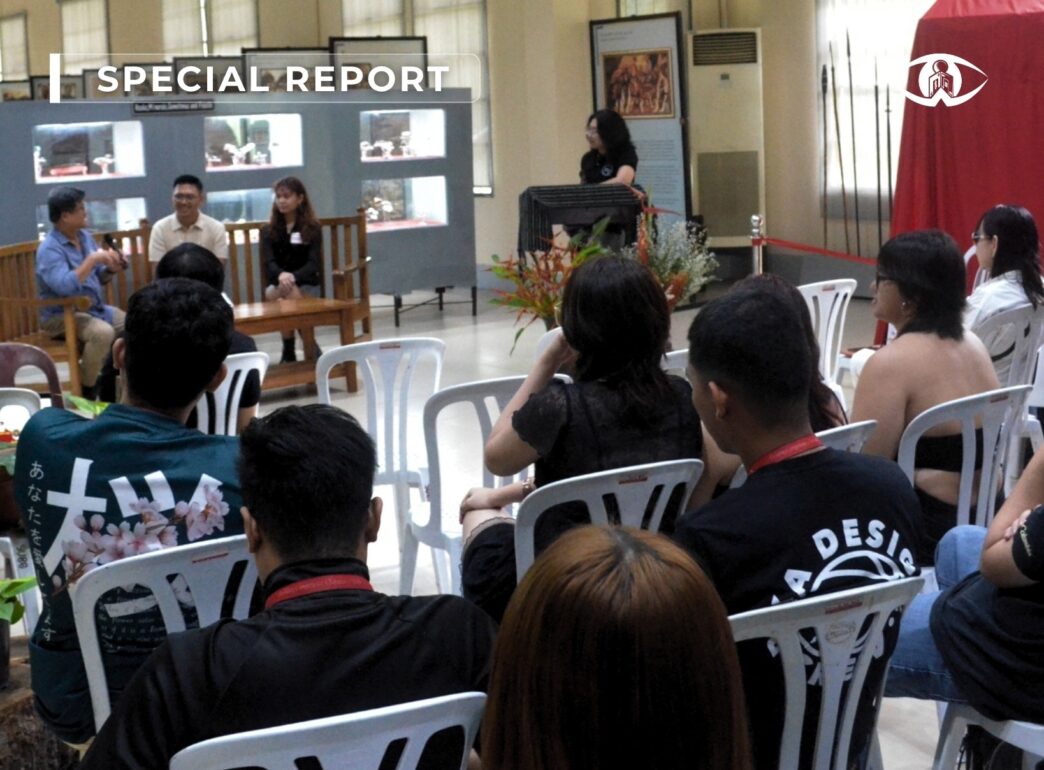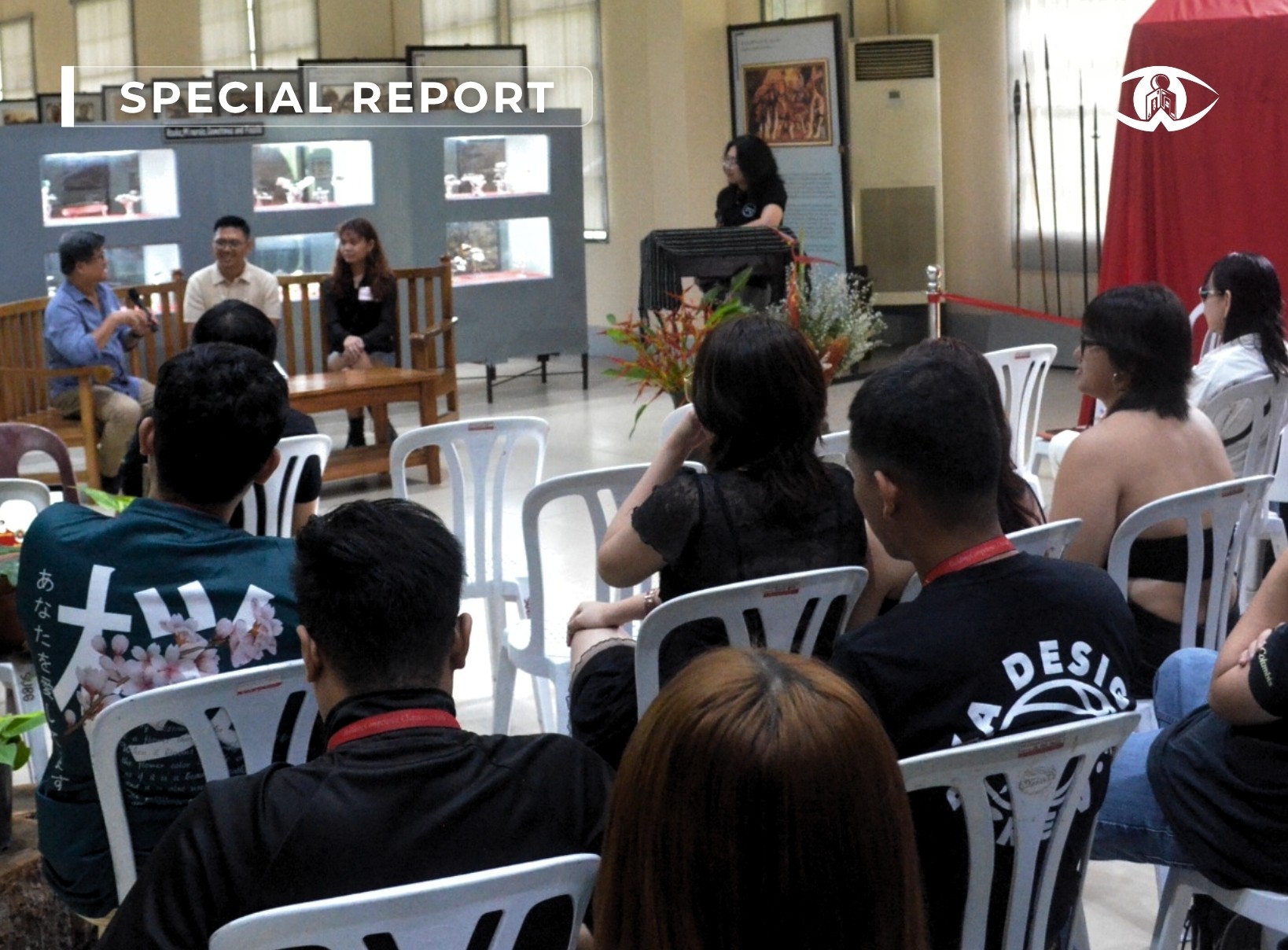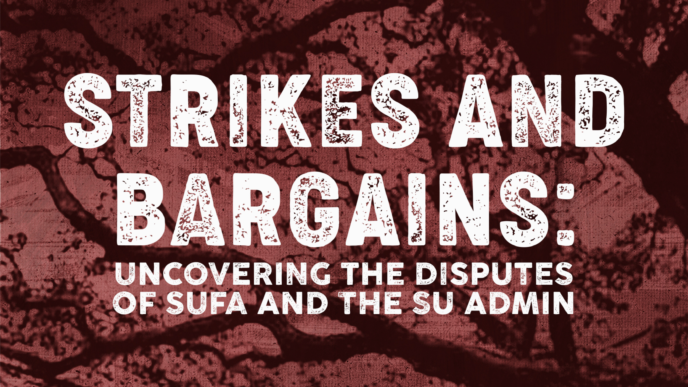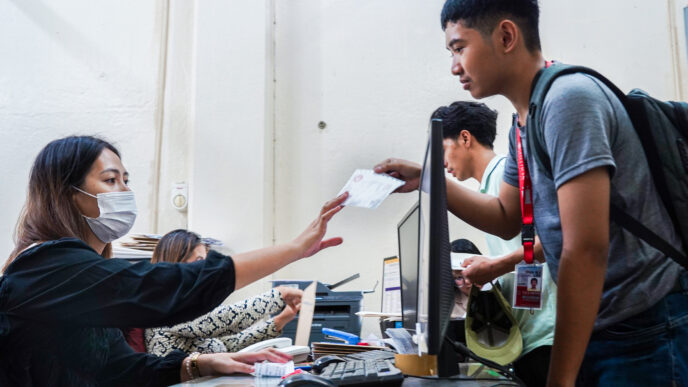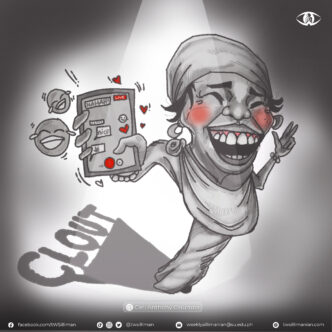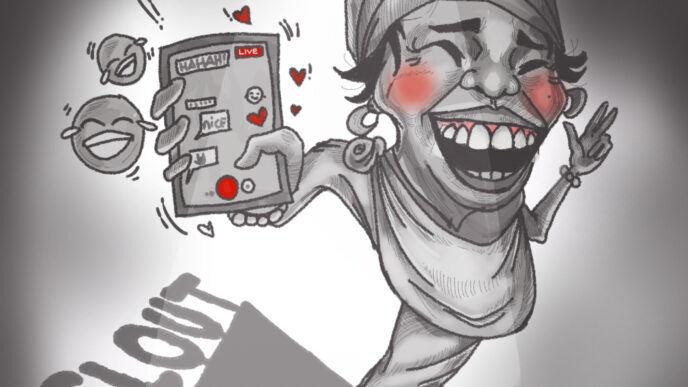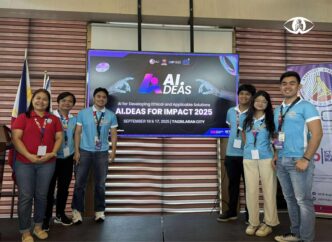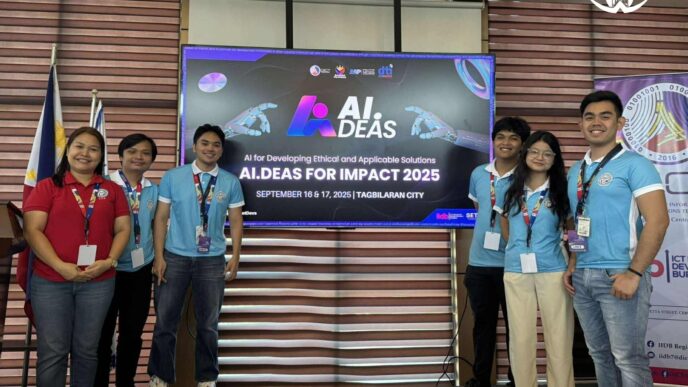By Deorafe Basong & Kaela Aidelynne Orcullo
SU small depts push forward amid low enrolment
With barely a dozen students in class, some departments at Silliman University (SU) remain overlooked, yet continue to find ways to thrive despite low enrolment and limited resources.
Academic programs at SU with relatively low enrolment include the Music Therapy department, which has only eight enrollees, the Library and Information Science department, and the Sociology and Anthropology department, with 28 students currently.
When asked about factors, students and teachers echoed their sentiments on the primary reasons for low enrolment in their respective departments.
Second-year anthropology student Francia Triviño cited the lack of awareness about their program as the primary reason for low enrolment.
“Sadly, not a lot of people know what anthropology and sociology are. There is also the awareness that you cannot gain a lot of money from these fields as well,” she said.
Music therapy Prof. Danielle Alcantara, in addition, attributed the low enrolment to the fact that the profession is still new in the Philippines.
“[Music therapy] is still an emerging profession in our country and many people have little to no awareness of it,” she stated.
Meanwhile, second-year information and library science major Kyla Paitan shared her frequent encounters with “bewildered reactions” when explaining her program.
“I think fewer students choose this program mainly because not many people are aware of it in the first place,” she said.
Practicality vs. preference
Fields like anthropology, sociology, music therapy, or library science—despite their profound societal contributions—are also often not perceived as “practical” in a purely economic sense.
Second-year anthropology student Simon Lapore noted that students often choose “practical” means of education, or degrees that may look promising in terms of future career paths.
“I believe these small departments are experiencing low-enrolment rates because of students’ perceptions of the programs, wherein they have little or no context to what that program is,” he stressed.
Triviño furthered that this lack of awareness directly feeds into students’ career preferences and aspirations to have a stable career, achieve financial security, and provide for their families.
Faculty shortage
Another challenge found is faculty shortages, which continue to strain small departments, as retirements and limited hires leave remaining teachers with heavier workloads.
“Our faculty members may have proper facilities for their day-to-day routines but there seems to be a particular problem [with] their numbers due to possible retiring faculty members, which may cause more workload to the remaining teachers,” Lapore explained.
Triviño also observed that students and faculty “sometimes pool their own funds to cover basic needs.”
“In the socio-anthro department, our department faces difficulty when it comes to funding, which leads to our resources being obtained from our own pockets,” she noted.
Faculty in the music therapy department also funded the SU Musical Therapy Students (SUMTS) since its inception, according to Pacaña.
“When SUMTS was first made, all our funds were from our adviser. Throughout the years, the organization did gigs and sales (rummage sales and selling of baked goods by our adviser) to add to our funds,” she said.
Alcantara also noted that they initially did not have many instruments until recently. However, she said that more instruments are still needed due to the number of students taking practicums.
She revealed that she received help from other teachers, including graduates from the course and music therapy teachers from Manila, to teach in her stead.
Specialized fields demand equally specialized—and expensive—equipment, often leaving faculty and students to improvise or make personal sacrifices, Alcantara furthered.
The pandemic further complicated matters. Lockdowns disrupted fieldwork, cut access to research resources, and left many students struggling with connectivity.
“Not everybody had access to strong Wi-Fi or stable income,” Triviño said. For hands-on courses like anthropology or music therapy, online platforms cannot replicate in-person immersion.
While online learning platforms also offered support, Lapore argued that they “do not provide the direct experience that is being taught by (in my context) researchers, anthropologists, and sociologists in real face-to-face learning.”
With their fieldwork and unique research methods, the immersive and hands-on nature of many small programs potentially detaches students from their appeal.
Still, students affirm that their curricula remain timely.
“Our professors are looking into what is new in order to adapt lessons to current times,” Triviño explained.
Lapore agreed, saying his program “tackles subjects that grant us the chance to understand society, human behavior, and interactions we experience as people.”
Strategies for survival
Despite these hurdles, small programs continue to push back against limits. Much of this survival stems from visibility and community engagement.
“Promotion of Anthropology and Sociology through our events in museums and community-based programs outside the school” is how Triviño described their strategy.
These efforts not only raise awareness but also show the tangible value of their fields.
Music therapy faculty and students likewise seek to highlight the healing potential of their discipline through outreach and performances.
Meanwhile, library science students focus on advocating for the relevance of information management in the digital age.
Through these initiatives, small departments carve out their place on campus—not by competing with bigger programs but by showcasing their unique contributions.
Often overlooked and outnumbered by bigger departments, Silliman’s small departments continue to prove their value. With resilience, creativity, and a strong sense of community, they thrive in ways that go beyond numbers. Their stories show that even the smallest departments can make a big impact.
But survival should not rest solely on the sacrifices of students and faculty. What these departments hope is that the university will give them the attention and support they deserve—whether through funding, stronger promotion, or additional faculty hires.
After all, their future depends not only on their passion but on the institution’s commitment to keep them alive.

